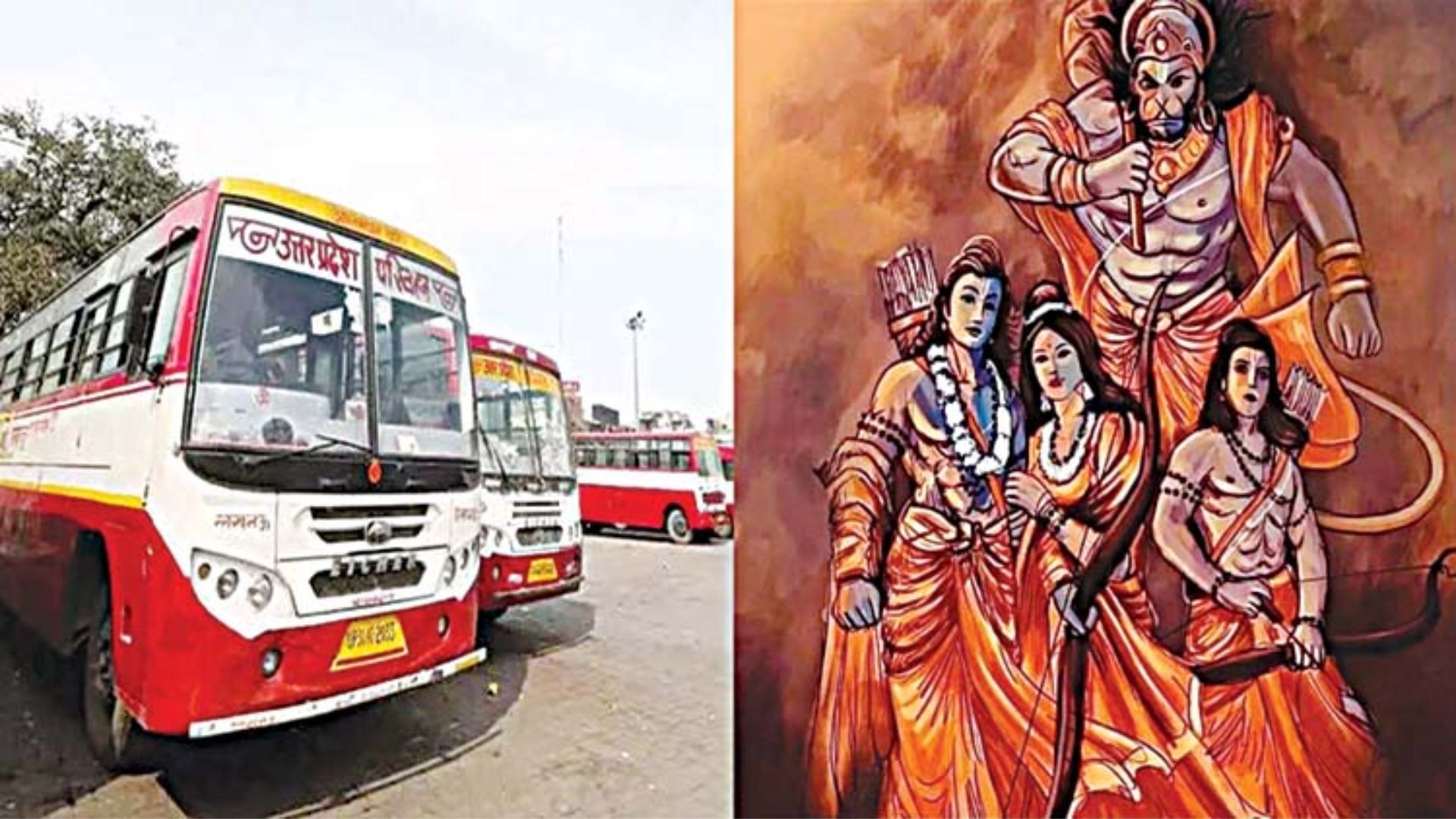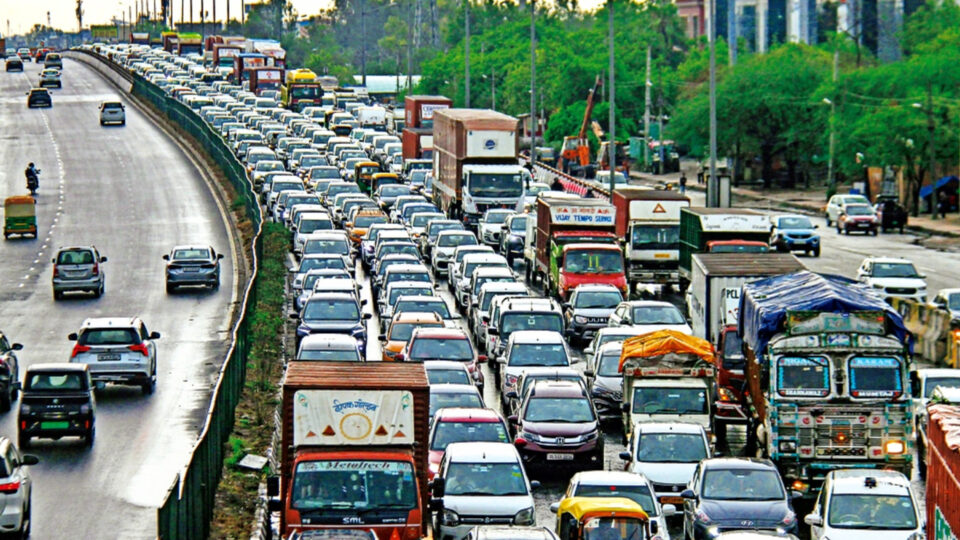
State Buses To Play Ram Bhajans Till January 22, 2024
The Uttar Pradesh State Road Transportation Corporation (UPSRTC) has directed that Ram Bhajans be played on the public address systems on its buses till January 22, the day of the grand Ram Mandir consecration event.
The UPSRTC’s decision was made a few days after UP Chief Minister Yogi Aditynath gave authorities instructions to start holding events in the Ayodhya temples on January 14th, including bhajans and the reciting of Hindu epics like the Ramayana and Ramcharitmanas.
The state government has announced that famous Ram bhajans would be played over the public address system on the buses to motivate travellers with the life of Lord Ram, and that extra attention will be paid to hygiene and sanitation inside the buses.
“The broadcasting will include various artists’ renditions of popular devotional songs related to Lord Ram, in addition to this, bhajans and hymns that are popular among people today as well as devotional songs sung by local singers,” stated the state’s administration.
Bus Drivers To Receive Training
The state government further stated that training will be given to drivers of taxis and buses to guarantee that they follow traffic laws and safe driving practices, behave appropriately toward tourists, wear uniforms at all times, refrain from drinking or chewing tobacco, keep their cars clean, and never charge more than the agreed-upon fare.
“In addition, interceptor vehicles will be deployed on all routes within a 200 km radius of Ayodhya to assist tourists, and transport teams will be vigilant about issues related to road safety such as overloading, drunken driving, wrong-side driving, overcharging, adherence to the dress code for drivers, and implementing other safety measures as needed,” according to a press release.
Ceremony Of Ram Mandir Consecration
Prime Minister Narendra Modi will participate in the “Pran Pratishtha” of the Ram Lalla idol on January 22, marking the completion of the temple’s first phase.
The temple complex will be 161 feet high, 250 feet wide, and 380 feet long (east-west). It will be constructed in the classic Nagara style. The temple will feature 20-foot-high floors with 44 entrances and 392 pillars.



